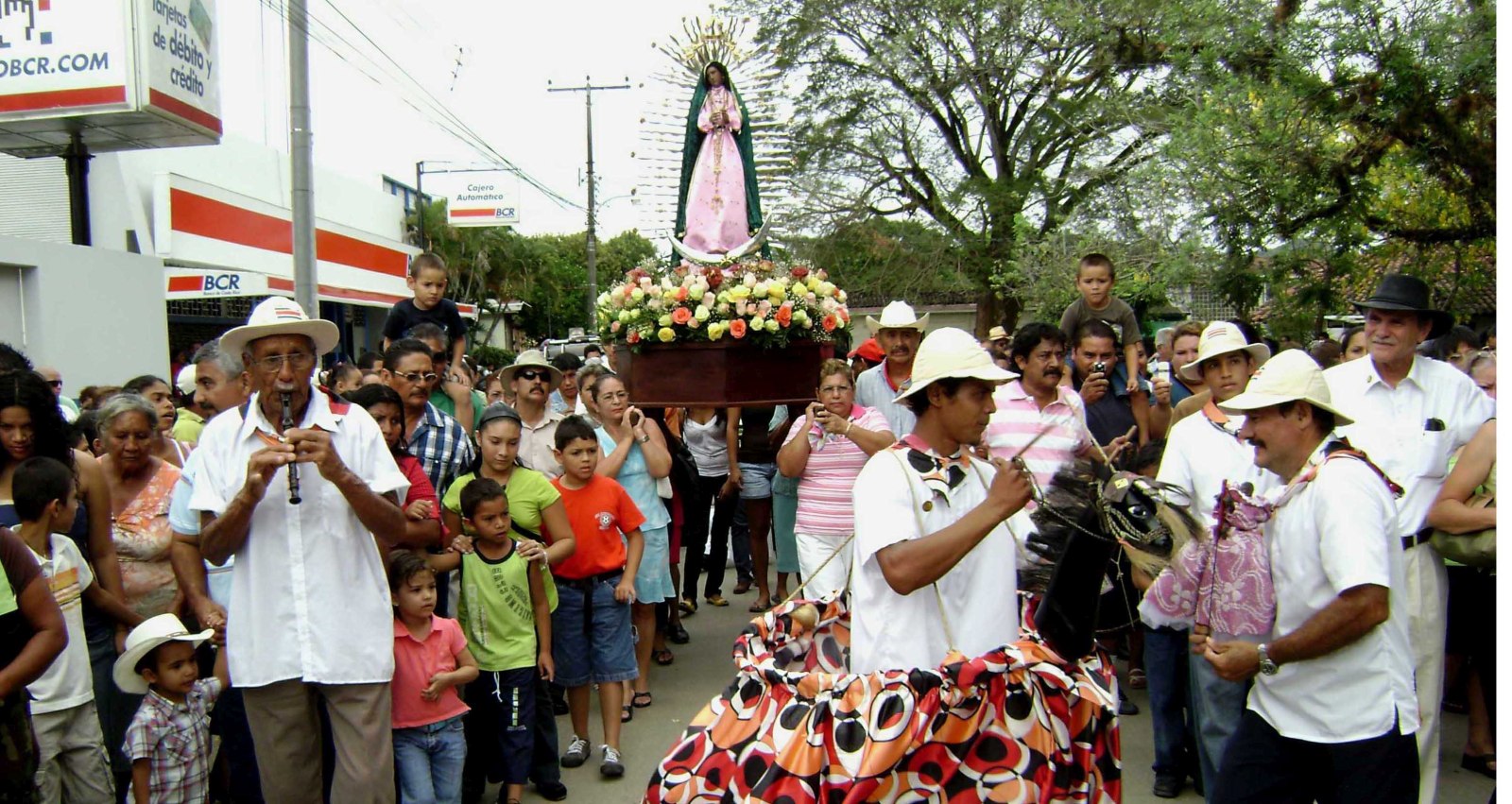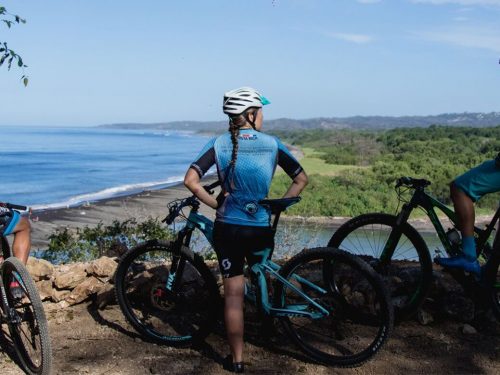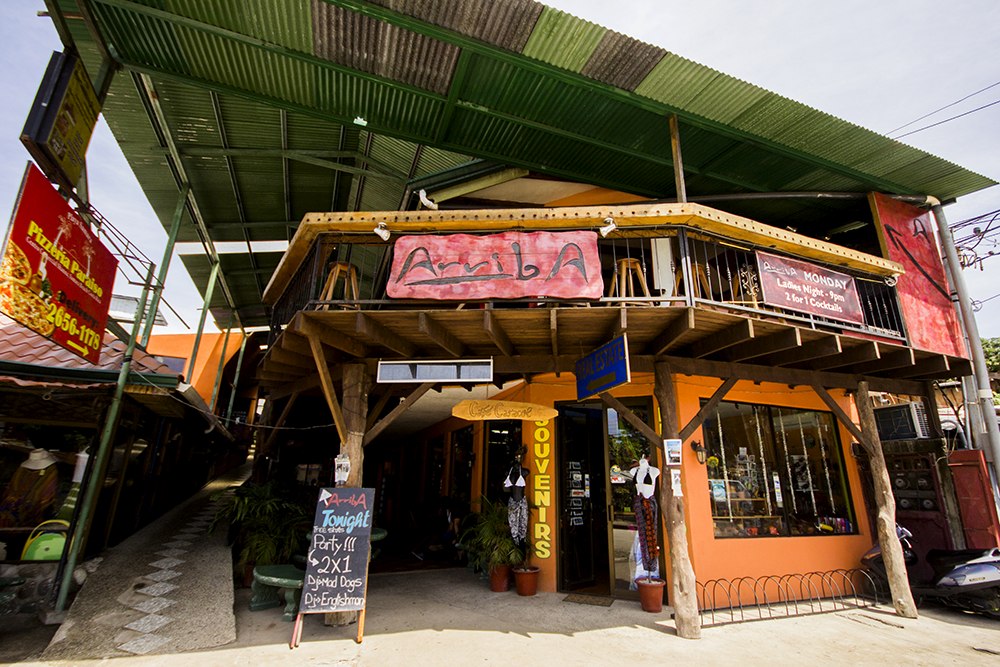
Our Nashville friends Fred and Margaret spent a month last January here in Nosara, nearly all of it on the beach. In the past, they vacationed in San Miguel de Allende in Central Mexico, far from the water. As Margaret explained, “Guiones beach is great but we missed the Mexican thing—its art and architecture, music, crafts and food. It adds so much to a vacation to live for a few weeks in another culture.”
How do we encourage tico culture to become a part of the Playas de Nosara visitor experience?
Playas de Nosara seems neither here nor there. For the most part, tico culture is missing from our scene except for a few temporary stalls on the road to Guiones Beach. But the culture that is around us—music and traditional costume on holidays, Guanacaste pottery, tico dishes—is virtually non-existent in our tourism zone. It is important to understand the dynamics here and perhaps a solution to what many consider to be a problem.
First of all, we exist far from the cultural center of Nicoya, a town with a storied history first identified on maps when conquistadors entered the area in 1523, creating perhaps the oldest urban settlement in Guanacaste. But the first inhabitants were the Chorotegas, who migrated from the south of Mexico down to the Nicoya Peninsula more than 1,000 years ago. Guanacaste culture as we see today is a mix of indigenous Chorotega and the Spanish occupation that followed created a cuisine, religious customs, art and architecture evolving since Grenada’s Muslim rulers surrendered to the Catholic monarchs, Ferdinand and Isabella.
Fast forward nearly 500 years to today’s Nicoya, where Spanish colonial culture exists at fiesta time and holiday celebrations but mostly for its tico residents, outside the usual visitor experience at Playas de Nosara.
How can we Guionistas and Peladians help bring culture to Playas de Nosara?
We hear that many Nosarans would like to participate in the tourism economy at the beach. Many women make wonderful empanadas and other delicious portable food. Roadside craft vendors need an inexpensive and safe place to lock-up their wares overnight and an attractive, shaded place to spend the day. Others will come to provide iced drinks and perhaps rent beach furniture and sand toys. Now what exists is unattractive and disorganized with improper invasions into the maritime zone.
Perhaps in 2014 the Nosara Civic Association in partnership with the Nosara Development Association can find a way to bring culture to the beach while keeping the shoreline pristine and beautiful.
I suggest that a beach with a taste of tico culture will be a much better beach and bring much needed income to our tico neighbors.







Comments